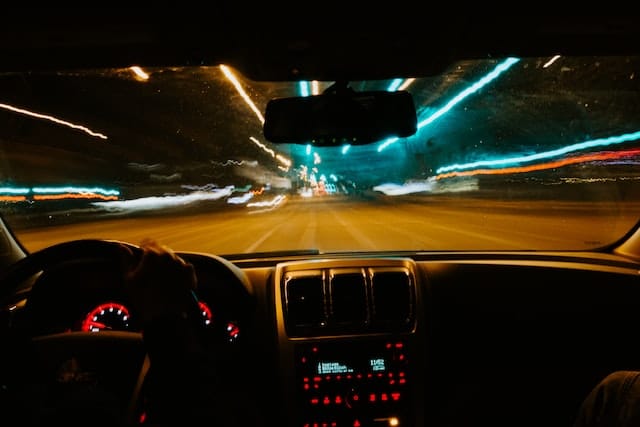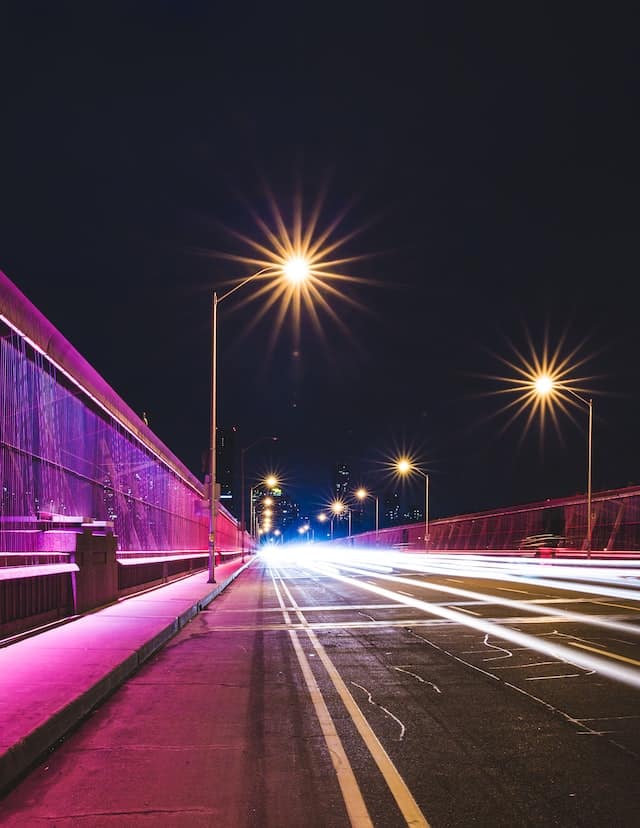
Driving at night can be a daunting task, especially for new drivers or those who are not accustomed to it. The lack of natural light and increased fatigue can make it challenging to see the road ahead and react to potential hazards. However, with the right preparation and mindset, you can reduce the risks of driving at night and ensure a safe journey for yourself and your passengers. In this article, we will discuss several tips for driving at night, including how to improve visibility, stay alert, and prepare your vehicle for a night-time drive.

Here are some tips for driving at night
- Keep your headlights clean: Dirty headlights can reduce visibility and make it harder to see the road at night.
- Use your high beams when appropriate: High beams can improve visibility on dark roads, but be sure to dim your lights when approaching other vehicles or when driving in areas with streetlights.
- Avoid distractions: Distractions such as texting or eating can be particularly dangerous at night, when visibility is reduced.
- Stay alert: Driving at night can be tiring, so be sure to take breaks and stay alert while driving.
- Keep a safe following distance: It’s harder to judge the speed and distance of other vehicles at night, so be sure to leave plenty of space between you and the vehicle in front of you.
- Watch for pedestrians and animals: Pedestrians and animals are harder to see at night, so be extra vigilant when driving in areas with pedestrians or areas where animals may be present.
- Keep your vehicle in good condition: Properly maintained headlights, brakes, and tires are essential for safe driving at night.
- Use your turn signals: Turn signals can help other drivers anticipate your movements and can improve safety on the road.
- Avoid looking directly at oncoming headlights: Glaring at oncoming headlights can temporarily blind you and make it harder to see the road. Instead, look to the right side of the road and use the white lines as a guide.
